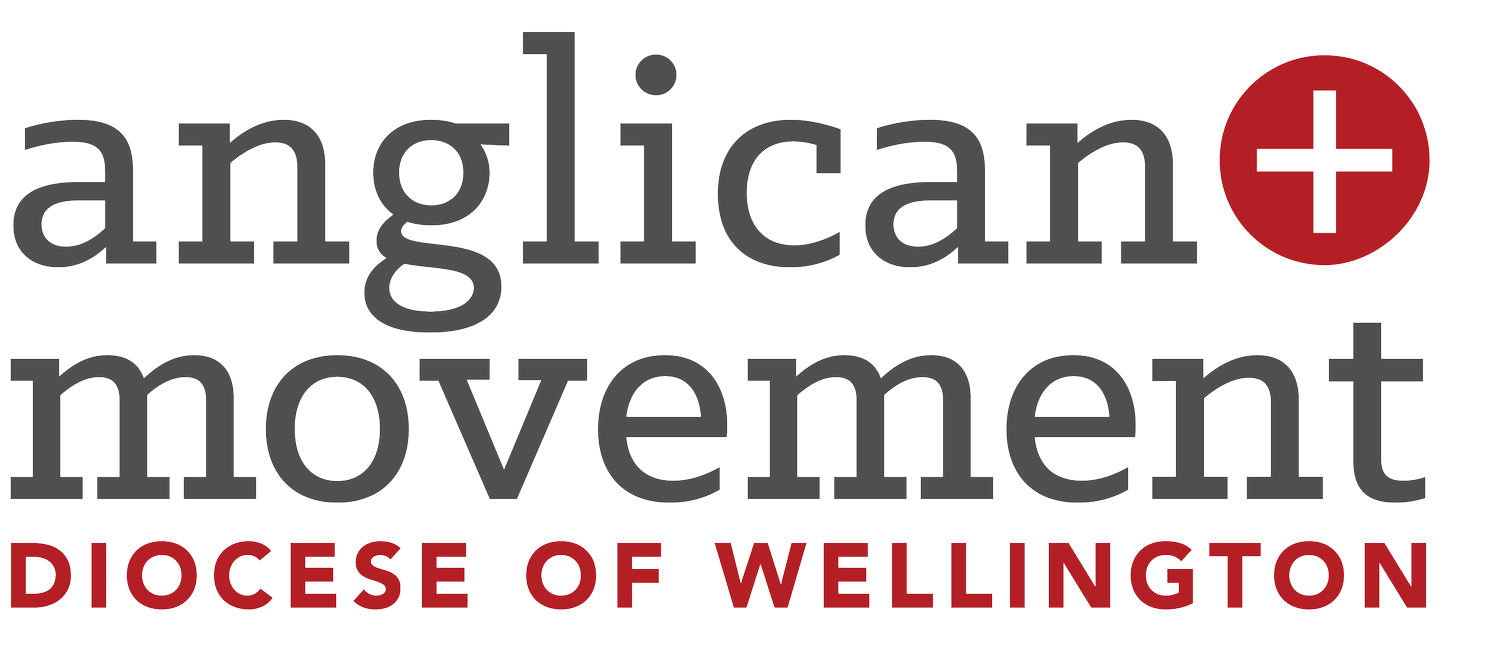Smart Subject Lines: Use AI to Connect with your Audience
Capturing attention starts with the right words. Whether you're promoting an event, sharing a sermon, or writing a notice for the pew sheet, a strong headline can be the difference between engagement and being overlooked.
Today we’ll cover:
Why headlines matter in church communication
How to write clear and inviting headlines (with proven techniques)
Use case: Writing great headlines with AI
Why Headlines Matter
A good headline is clear, inviting, and aligned with your message. It’s the first impression someone gets—on a flyer, in an inbox, or on social media. A thoughtful headline can invite people in, make them feel welcome, or stir their curiosity.
When you use AI to generate headline options, you’re not outsourcing creativity—you’re kickstarting it. With the right prompt, AI can offer a fresh perspective or help you find just the right phrasing. And with a bit of tweaking, you can make those headlines sound just like you.
Keep in mind:
Tone matters – Match the warmth and values of your parish.
Be clear, not clever – Clarity wins over confusion every time.
Length counts – Aim for 6–12 words or under 60 characters for emails and social posts.
How to Write Great Headlines
Whether you're crafting a sermon title, an event name, or a social post intro, great headlines often follow simple, effective formulas from copywriting. Here are a few that work well in ministry communication:
AIDA: Attention – Interest – Desire – Action
Use this to guide your audience from curiosity to commitment.
“This Sunday Only: Youth-Led Worship at 10 AM”
“Experience Worship Through Fresh Eyes”
PAS: Problem – Agitation – Solution
Helpful for spiritually honest messaging that invites healing and hope.
“Feeling Spiritually Tired?”
“Lost in the Wilderness of Life? Find Renewal This Lent”
The Four U’s: Useful, Urgent, Unique, Ultra-specific
Helps sharpen headlines to make them irresistible.
“3 Ways to Deepen Your Prayer Life”
“A One-Night Retreat for Grieving Hearts”
Use Case #1: Writing Subject Lines for Emails or Notices
Your headline or subject line is the front door of your message. Whether you're inviting people to an event, sending out a weekly update, or sharing a new sermon series, the subject line decides whether people open or scroll past it.
AI can help you test and refine your subject lines, offering variations you may not have thought of and save time when you're stuck.
Here’s an example of a full prompt you could use in ChatGPT:
Prompt:
“You are a communications assistant for a welcoming Anglican church. Please suggest 5–7 subject lines (under 60 characters) to invite people to a Lenten reflection series called ‘Walking with Christ Through the Wilderness.’ Use the AIDA copywriting framework—grab attention, build interest, stir desire, and invite action. The tone should be warm, spiritual, and inclusive. Prioritise clarity, spiritual resonance, and gentle curiosity. Avoid hype or clickbait.”
ChatGPT might return something like this:
Walk With Us This Lent
A Lenten Journey Begins – Join Us
Walking With Christ Through Lent
Lenten Reflections Start Soon
Find Rest in the Wilderness
A Sacred Season: You’re Invited
Lent at [Parish Name]: Join the Journey
Each of these reflects the AIDA framework in action—starting with calm curiosity and ending with a clear call to join. You can always adjust the phrasing to match your parish’s style or test a few subject lines over time to see what gets the best response.
As always, the goal is clarity, hospitality, and alignment with your message—not marketing flash. Let AI support your creativity, not replace your heart.
Use Case #2: Creating Headlines with AI
Let’s say you’re planning a community outreach event and want a headline that reflects the energy, hospitality, and mission of your parish.
You could type this prompt into ChatGPT:
“Please generate 5 headline options for a church-led community outreach event. Use the Four U’s copywriting framework: make each headline Useful, Urgent, Unique, and Ultra-specific. The tone should be inviting, hopeful, and action-oriented. Focus on themes of compassion, connection, and serving together.”
Here’s what ChatGPT might give you:
Together for Good: A Day of Community Connection
Love in Action: Serve Your Neighbour Saturday
Join the Movement: Reaching Out with Hope
Hands & Hearts: Making a Difference Together
Come Help Us Bless Our Community
These headlines score well against the Four U’s—they are timely, practical, emotionally resonant, and clearly communicate what’s happening. While I personally find them generic, they give ideas to work from. You’ll quickly build a bank of phrases that feel true to your church and get people’s attention.


